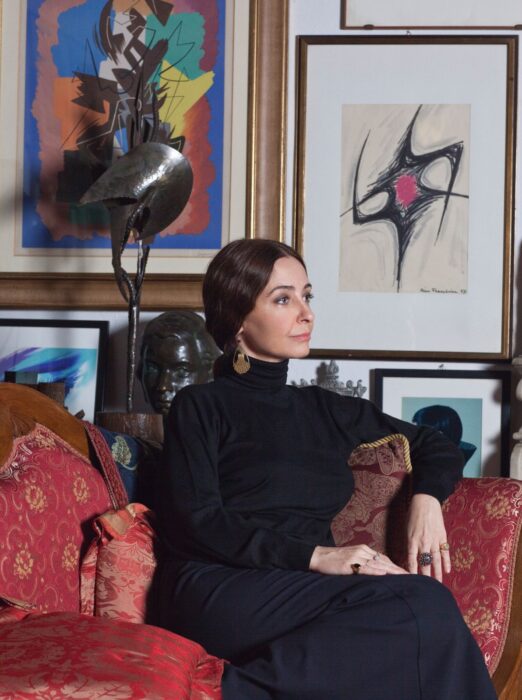Alessia Glaviano | PhotoVogue Festival 2023
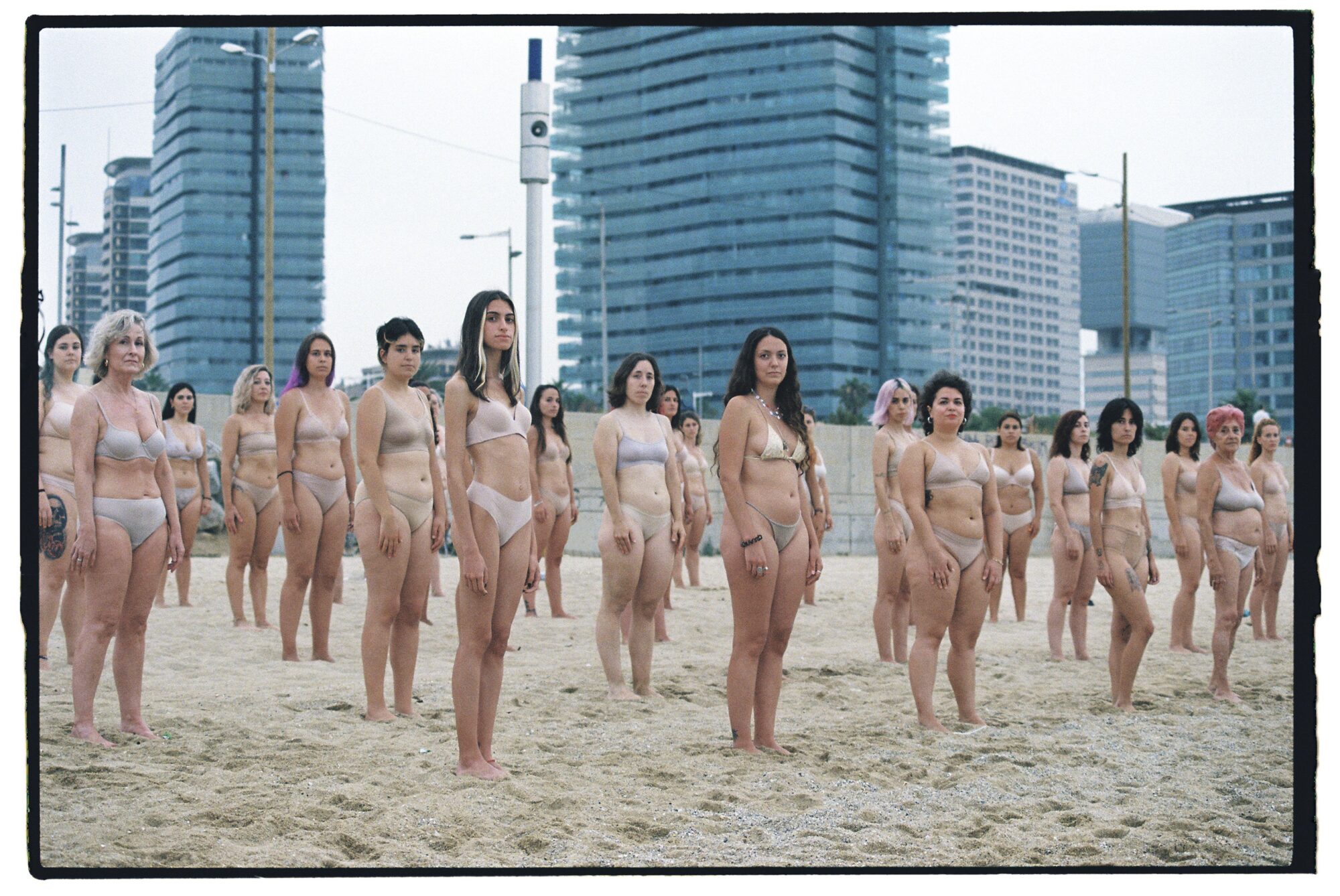
Reverberating through the halls of BASE until November 19, 2023, the esteem PhotoVogue Festival emerges once more as a visual culture epicenter and a conscious exploration of contemporary fashion photography. At the helm of this venture are Alessia Glaviano, the luminary behind Global PhotoVogue, and a consortium of perceptive minds—Chiara Bardelli Nonino, Daniel Rodríguez Gordillo, Caterina De Biasio, and Francesca Marani—orchestrating the festival’s eighth edition.
With its thematic mantle, “What Makes us Human? Image in the age of A.I.,” PhotoVogue turns BASE into a hallowed space for contemplation and discourse. Beyond a mere showcase, the festival serves as a profound intersection, delving into the labyrinthine implications of Artificial Intelligence on the human narrative. Here, ethical and aesthetic considerations entwine, weaving a tapestry of introspection around the symbiotic relationship between imagery and A.I. landscapes.
Rather than projecting solely into the future, the festival acts as a wide-open eye on the present, delving into the intricate relationship forged by this burgeoning technological medium within our lives. Particularly, it questions the potentials and vulnerabilities of A.I., seeking equilibrium amidst this new liminal space.
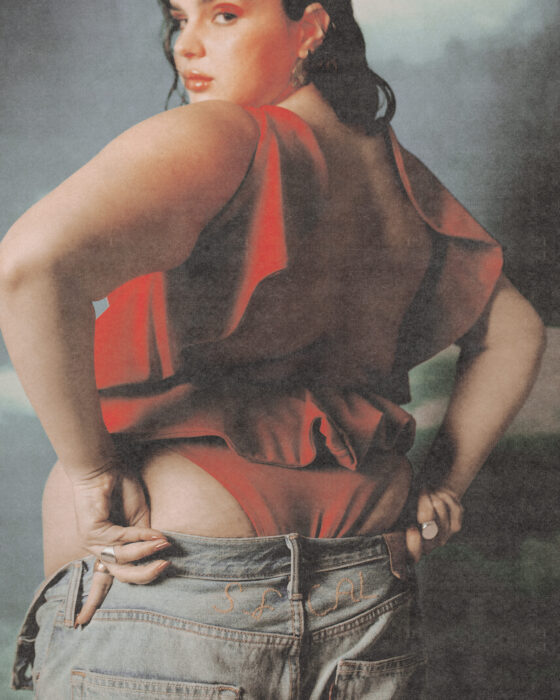 The festival refrains from professing definitive answers to these pressing inquiries; instead, it endeavors to cultivate a shared moment of contemplation, fostering a space ripe with diverse perspectives for discussion. How does it achieve this? Through a three-day symposium replete with presentations and dialogues that unfold throughout the festival’s duration, complemented by seven dedicated exhibitions.
The festival refrains from professing definitive answers to these pressing inquiries; instead, it endeavors to cultivate a shared moment of contemplation, fostering a space ripe with diverse perspectives for discussion. How does it achieve this? Through a three-day symposium replete with presentations and dialogues that unfold throughout the festival’s duration, complemented by seven dedicated exhibitions.
In conversation with PhotoVogue Festival Director Alessia Glaviano, pivotal insights surfaced, unraveling the core imperatives driving this year’s dedicated AI-focused program and elucidating its strengths.
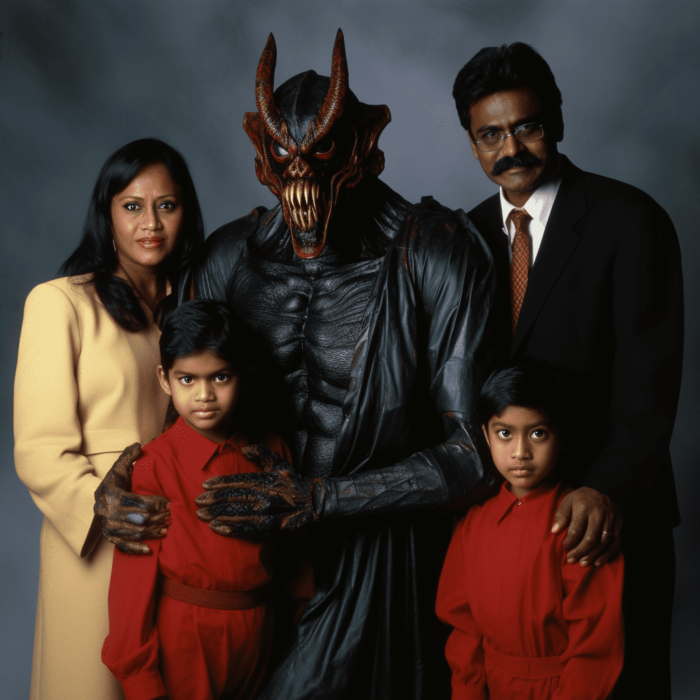 Lucrezia Musella: Let’s start with the title and the significance behind its query: “What Makes Us Human? Image in the age of A.I.” How did this edition of the PhotoVogue Festival originate and why?
Lucrezia Musella: Let’s start with the title and the significance behind its query: “What Makes Us Human? Image in the age of A.I.” How did this edition of the PhotoVogue Festival originate and why?
Alessia Glaviano: This edition of the PhotoVogue Festival stemmed from the quest to explore the ethical and aesthetic implications of Artificial Intelligence, particularly in the realm of fashion photography. More broadly, our aim was to delve into the transformation of imagery and its genesis through this new medium. It’s through collective exploration of A.I.’s potential that we can heighten our awareness and redefine our comprehension of creativity, human essence, and the manner in which we communicate our visions to the world. That’s why, in the title, the focus isn’t solely on A.I., but specifically on the human being, as only by fostering unity can we responsibly and inclusively navigate this new reality of ours.
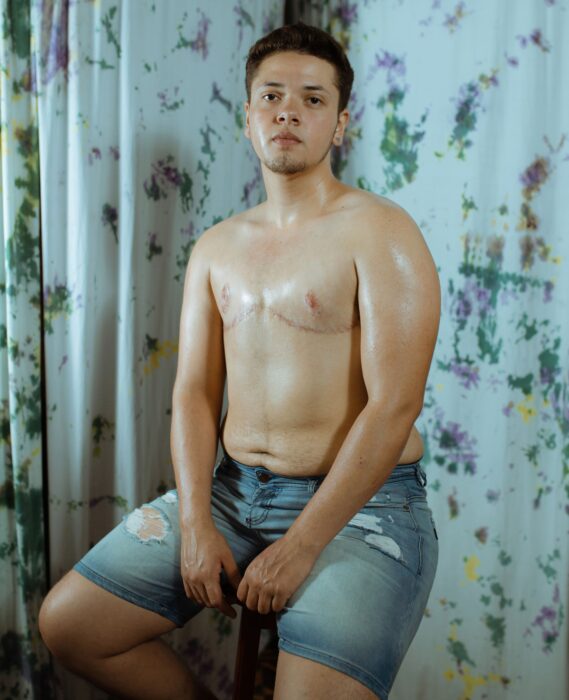 LM: What unites the artists in the exhibition, despite their use of different mediums?
LM: What unites the artists in the exhibition, despite their use of different mediums?
AG: Beyond talent, undoubtedly a shared vision. It’s an authentic vision fueled by immense passion and each artist’s profound engagement with the myriad issues surrounding representation. I believe that today’s emerging image-makers, whether in photography or video art, possess an awareness of political implications that artists in the past might not have had. Both fashion and fashion photography serve as potent vehicles for conveying political messages. What’s remarkable, in this instance, is observing the seamless cohesion among diverse works without them becoming didactic in any way.
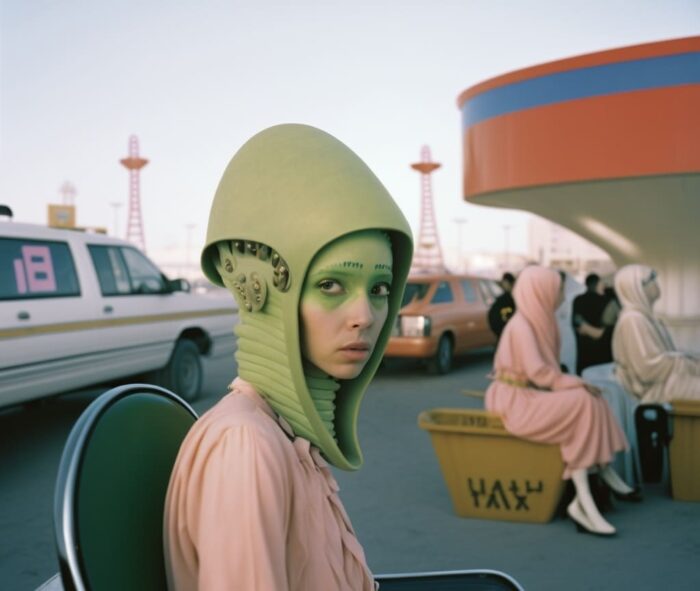 LM: Intriguingly, AI seems to be elevating previously marginalized sectors within the fashion domain, such as the expansive realm of gaming and fantasy scenarios.
LM: Intriguingly, AI seems to be elevating previously marginalized sectors within the fashion domain, such as the expansive realm of gaming and fantasy scenarios.
AG: If we trace the evolution of fashion photography, we witness the incremental addition of layers across time. Consider Martin Munkácsi, who pioneered outdoor model shoots, capturing models in motion, diverging from the studio-only captures of the past. With each added layer, our cultural canvas expands, enriched by data and diverse influences. It’s within this enriched landscape that intriguing interactions emerge, amplifying the richness of our creative milieu.
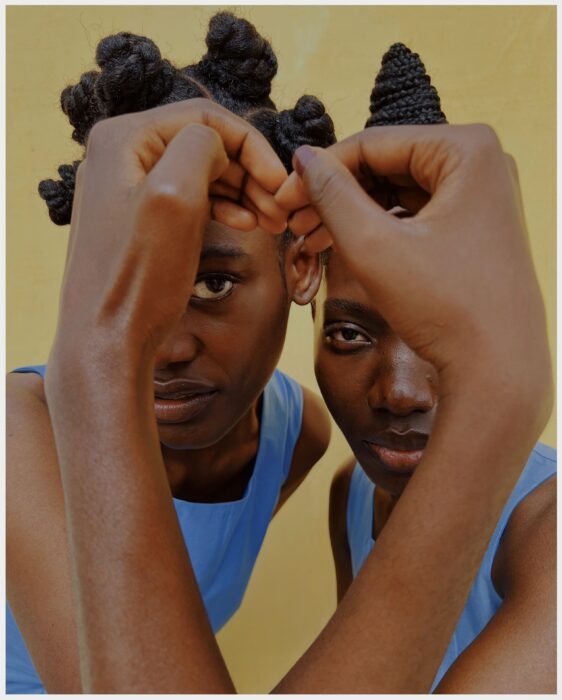 LM: Many models and celebrities, particularly within the American scene, have begun selling their image to AI. What, in your view, is the value of representation today? How might the role of the model transform in this context?
LM: Many models and celebrities, particularly within the American scene, have begun selling their image to AI. What, in your view, is the value of representation today? How might the role of the model transform in this context?
AG: That’s a thought-provoking question. From the artist’s perspective, AI serves as a tool, empowering artistic creation by offering an additional medium for expression and work. However, it carries the risk of replacing real individuals with artificial ones, potentially eroding the role of genuine models. I hope we don’t witness a shift where fashion catalogs exclusively feature AI-generated models, sidelining real individuals. This prospect poses a risk we should endeavor to avoid. It’s a profound discourse, and our exhibitions and lectures at the Festival aim to unravel the ethical dimensions inherent in this evolving landscape.
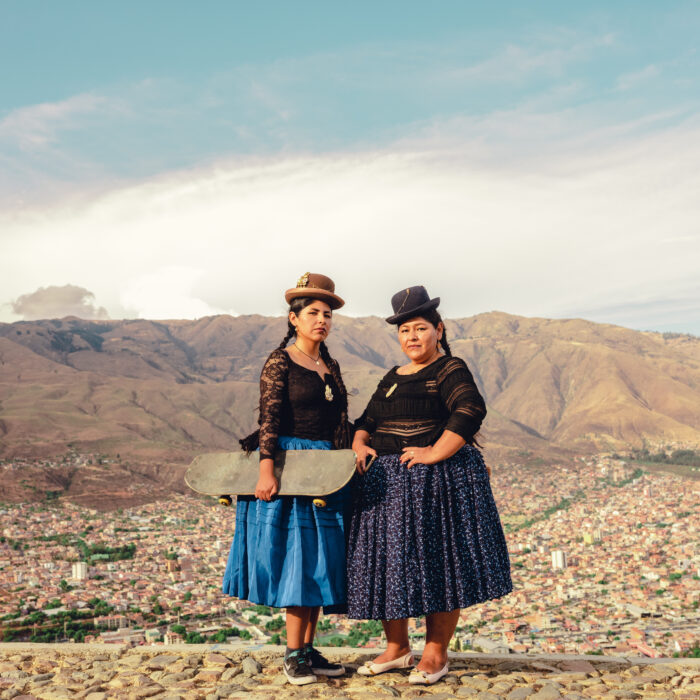 LM: So, creating and believing seem to be two sides of the same coin in this context.
LM: So, creating and believing seem to be two sides of the same coin in this context.
AG: Indeed, it’s crucial to find ways to safeguard ourselves, especially considering the challenges posed by fake news and privacy breaches. AI is a delicate tool that requires adept handling, much like any new innovation. To master it, our initial step is to engage with it in the most instructive and professional manner possible. Hence, our insistence on having professionals from diverse fields, spanning fashion and the tech industry, participating in the symposium.
